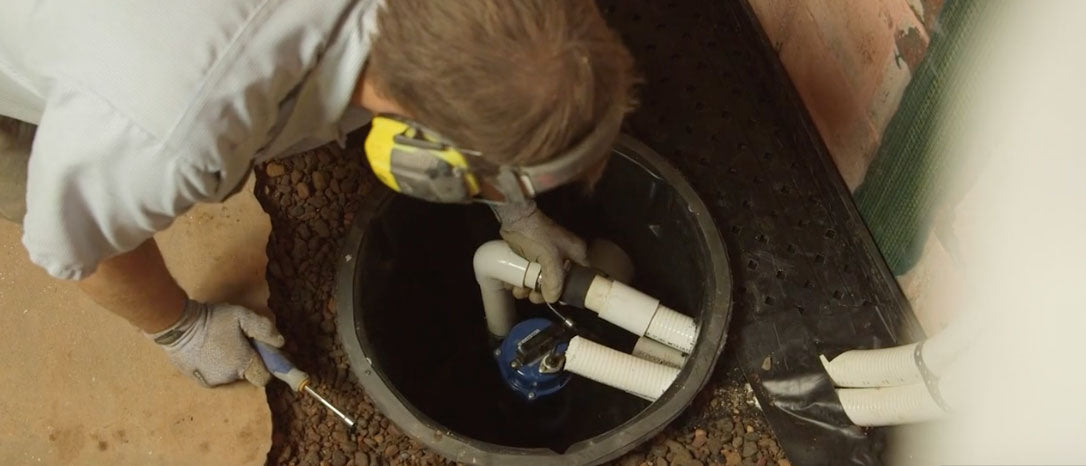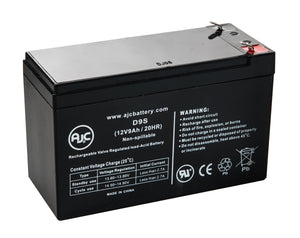Orders over $99

What is a Battery Backup Sump Pump System?
For those home and building owners who need a sump pump, you know how important it is to keep water away from areas it doesn’t belong. A sump pump is often only used during times when the weather is at its most active. Some may be required during light rain, activating for a few minutes every hour but other times it is utilized when the rains are a bit more active. Often with the more extreme weather comes issues like blackouts, downed tree limbs or power surges. Other times human error is a factor, like forgetting to plug it back in or not cleaning it regularly to make sure the float switch doesn’t get caught on debris. If your sump pump is over 5 years old, it may be a little less reliable so having a backup can really save you headaches especially if your house is prone to flooding. But what happens if the power goes out and your sump pump doesn't kick on? Could the backup battery be the cause?
One of the more popular types of sump pump backups is battery powered. Often, sump pump backup battery systems are added during the installation but that’s not always the case so sometimes you’ll have to add a separate backup pump. You can also replace the main pump or both with a combination sump pump and backup battery system, which is often a great option.
What are the Backup Battery options for Sump Pumps?
- Inverter / Battery add-on – this method relies on the current sump pump but simply replaces the power source with battery power via the inverter. If the main power goes out, it automatically switches to the backup battery to power the primary sump pump.
- Auxiliary sump pump – this is a separate unit that takes over when the primary unit is off or unable to keep up with the flow. Typically it will be smaller than the primary unit but still often requires modifying the area during installation. Some auxiliary sump pumps simply sit over the top of your current sump pump, making installation a bit easier.
- Combo Primary and Auxiliary Sump Pumps – these are often best when you’re doing an initial install or completely need to replace your old sump pump. These ones are the dream team of sump pumps, tying together your main unit with a backup pump all under the one unit.
How Long will a Backup Sump Pump Battery Run For?
When the power goes out and the battery kicks in, hopefully you have enough power to run the pump during the outage. If your pump only kicks in once a day, you could easily run for a month but one that has to operate every minute is looking more like 1 day operations which should be enough during an outage but certainly sometimes during catastrophic incidents, you might be out of luck!
How Often Should a Sump Pump Battery be Replaced?
Sump Pumps average life expectancy tends to be around 10 years, somewhat dependent on how aggressively it has to operate as well as sizing, quality, installation. The backup battery for the pumps generally last between 3-5 years, even if they’re not heavily used.
Most options for sump pumps will include an alarm or warning systems, some include Wifi connectivity to provide status reports and some will offer phone alerts but the main factor you need to consider for a sump pump and a backup is how powerful it is. Will both the primary and backup units be able to clear enough water to prevent flooding?
When it comes to finding the best battery for your backup, BatteryClerk’s AJC Battery collection is all 12V and range in power from 75Ah to 100Ah. They’re also durable enough to be placed in areas where sump pumps typically reside and will keep the backup pump running at full capacity. Browse our current collection.


